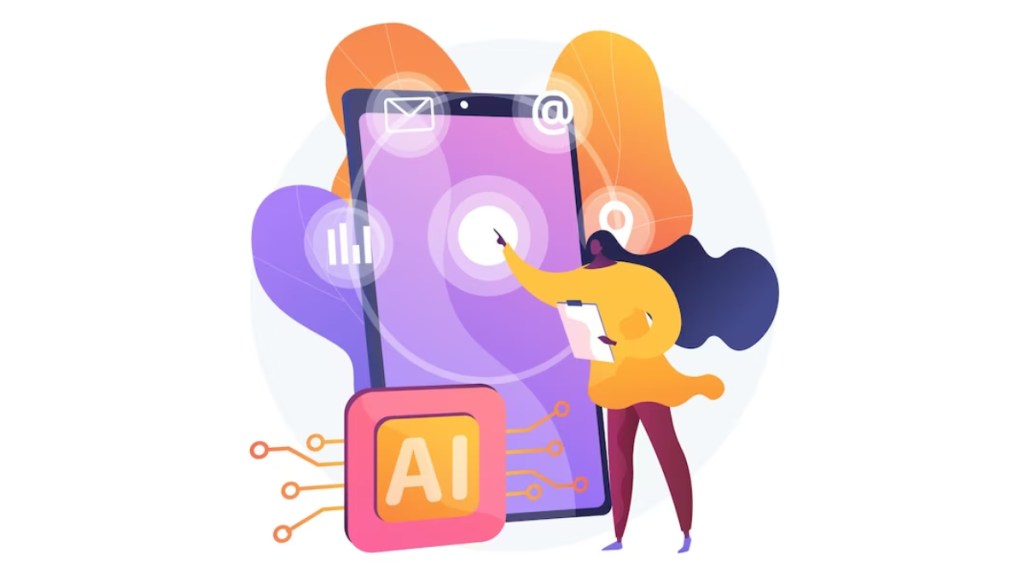By Sahil Vaidya
The history of content creation spans from the age-old tradition of oral storytelling to the contemporary realm of AI-generated content in the digital era. Early civilisations relied on spoken narratives, followed by the advent of writing systems, enabling the preservation of knowledge. The invention of the printing press in the fourteenth century revolutionised the mass sharing of expertise. While radio and television blended auditory and visual narrative, photography added an optical element. The digital revolution ushered in websites, social media, and user-generated content. The recent emergence of artificial intelligence (AI) has led to the creation of machine-generated text, images, and music. Throughout history, content creation has worked with technological advancements, shaping how we communicate, share information, and visualise creativity.
The content creation revolution, now fueled by AI, has fundamentally altered the landscape of information production and consumption. The methods we craft and engage with content have undergone an irreversible transformation. A discerning eye is essential to distinguish AI-generated content from its human-crafted counterpart, considering the increasing sophistication of AI technologies across various mediums.
When scrutinising AI-generated images, peculiar elements like surreal landscapes or improbable object combinations often surface. Inaccuracies in lighting, shadows, or perspective can hint at AI manipulation. Leveraging reverse image search tools to cross-reference images across diverse contexts or with other similar photos may uncover their AI origins.
AI-generated texts tend to lack a personal touch or a distinct voice most of the time. Human-written texts carry a unique tone, and the absence of this can be an easy sign. Content that appears generic, devoid of depth, originality, or nuanced arguments, should be approached cautiously. Repetitive phrases, sentence structures, or ideas are typical hallmarks of AI-generated content. A lot of times, this repetition happens because a lot of LLMs are trained mostly to form correct sentences and grammar rather than depth in knowledge. Hence, assessing contextual coherence is crucial as AI-generated text sometimes struggles to maintain a consistent flow of thought.
When discerning AI-generated music, watch for unconventional combinations of genres, styles, or instruments that might not align with human compositional norms. Elaborate patterns and structures surpassing human creativity’s scope could be indicators. Emotional depth is another factor, as AI-generated compositions may lack the emotional resonance in human-made music.
The absence of human-like errors or imperfections is another possible red flag. Furthermore, content citing obscure or fabricated sources that evade easy verification through search engines should be approached sceptically.
There have been some big developments in the field of AI regulations recently. AI companies, including OpenAI, Google, and Meta, have voluntarily committed to the White HousePut to take safety precautions in place for the technology, such as watermarking AI-generated content. These companies are also creating tools to tell apart AI-made and human-made content. Meta’s Instagram is trying out notices that show when AI helps make content, teaching users about AI’s role.
For instance, we can introduce a group of type-based icons to help the end user understand if the content is human-generated, AI-generated, or human-AI mix. The creators can use icons to self-authenticate their work wherever they need authentication.
The ability to identify AI-generated content is a skill that evolves with the technology itself. Mastery in this arena demands critical thinking, observation, and familiarity with AI trends. Recognising the absence of a personal touch, identifying generic content, pinpointing repetitive patterns, and highlighting unusual combinations are all key tactics in this pursuit. As AI continues to shape various forms of content creation, recognising its influence is an invaluable skill in the modern information landscape.
The author is co-founder of The Minimalist
